Birds’ Species in Kargil Ladakh
Different species of birds – also animals – are extinct in all over the world. In Ladakh also various birds’ species that were contributing to the beauty of the region disappeared from human eyes. The Year 2020, with its challenges due to Covid 19 pandemic, had some blessings with it. A blessing of the year 2020 was the increase some bird species. Locals in Kargil district of Ladakh acknowledge that various birds that were seen many years ago have reappeared in this spring.
One of such bird that is spotted or rediscovered after many decades is Spotted Dove. The bird is scientifically known as Streptopelia Chinensis. This is a common garden bird found throughout Asia. Small and somehow long-tailed pigeon size bird that is resident breeders’ bird across its native range on the Indian subcontinent. Males and females have similar plumage young look like adults. In Ladakh this bird was spotted in Darsiks village in 2016; that was for the first time after 1960. This writer located Spotted Dove and clicked some perfect shots recently.
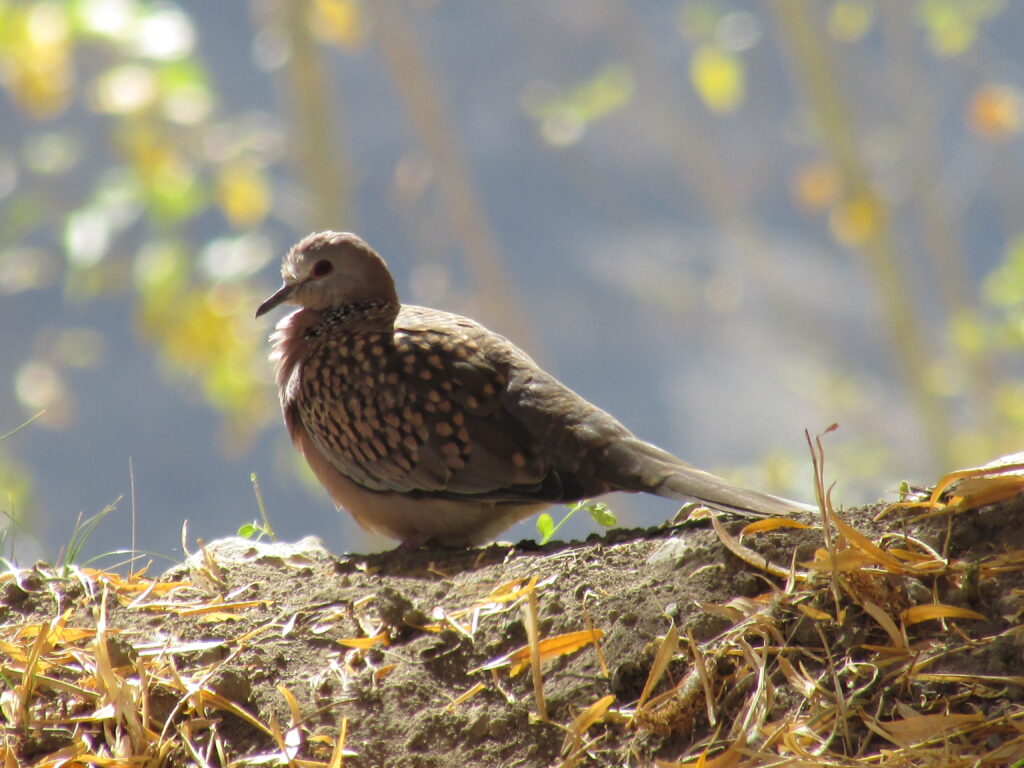
Another such bird located is Laughing Dove, scientifically known as Streptopelia senegalensis and locally called as Gondi-Lang in Ladakh. It is a small pigeon that is resident breeder in Africa. In the Indian subcontinent this small long-tailed dove is usually associated with human –modified landscapes, gardens and urban areas.
* Click to Follow Voice of Ladakh on WhatsApp *
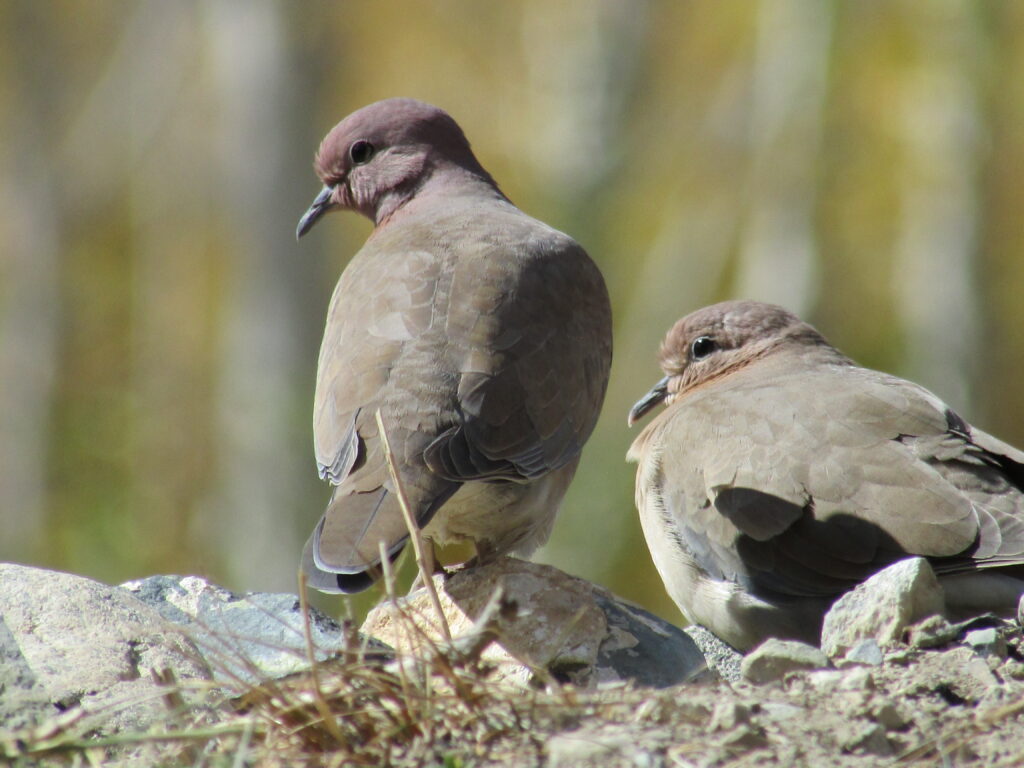
These above-mentioned species of birds were identified by the author during birding trial in Apati village of Kargil, 22 kms away from proper Kargil town.
Birds trailing on early morning during the harsh climate condition between beautiful mountain vibes makes my heart calm. I started bird trailing and birds photography one year ago. Birds watching inspires a harmonious union with nature. It requires watchers to spend time in outdoors, soaking vitamin D, breathing fresh air and commune with animals. The payoff of bird watching is not always immediate, and usually requires time and patience for a much-anticipated glance of the bird you are examining. Refining your patience skills isn’t only a practice that will improve your mental well-being, but also has physical health benefits.
Bird watching requires sufficient study to get familiarized with types of birds and their location. A bird can be heard and would have gone in a blink of eye. Bird watchers need proper attention to operate on different levels to make sure they can pick up on any clues that a bird might be nearby and take a picture before they flew away.
On every different day of my birding trail, I found multiple species of birds. I was surprised to know the birds name which I don’t know before. During a birding trail I waited for many hours on a spot to get a good shot of a particular bird. Sometimes without any satisfied shot I returned back. I followed the sound and with great enthusiasm, clicked the pictures of all these birds. Some birds are not easy to spot due to its highly active behavior.
Ladakh has around 310-350 different species of birds. this is almost 25% of birds’ species found in Indian Subcontinent. I was lucky enough to spot more than 40 individual species of birds in the last one year of birds watching in my home town Apati. The first bird singing in the early morning hours caught my attention. A new and interesting fact to me was that each kind of bird has its particular time to start singing in the morning depending on the light of sunrise.
Most of birds are resident birds which can be always found in Ladakh, such as Eurasian magpie (Khasangburu) and Chukar patridge (shagpa,Srak-pa) some are summer visitors (April/May), winter visitors (Oct/May), migrants and vagrants birds mostly during migration. Some other birds in Ladakh are discussed as follows:
Common pochard
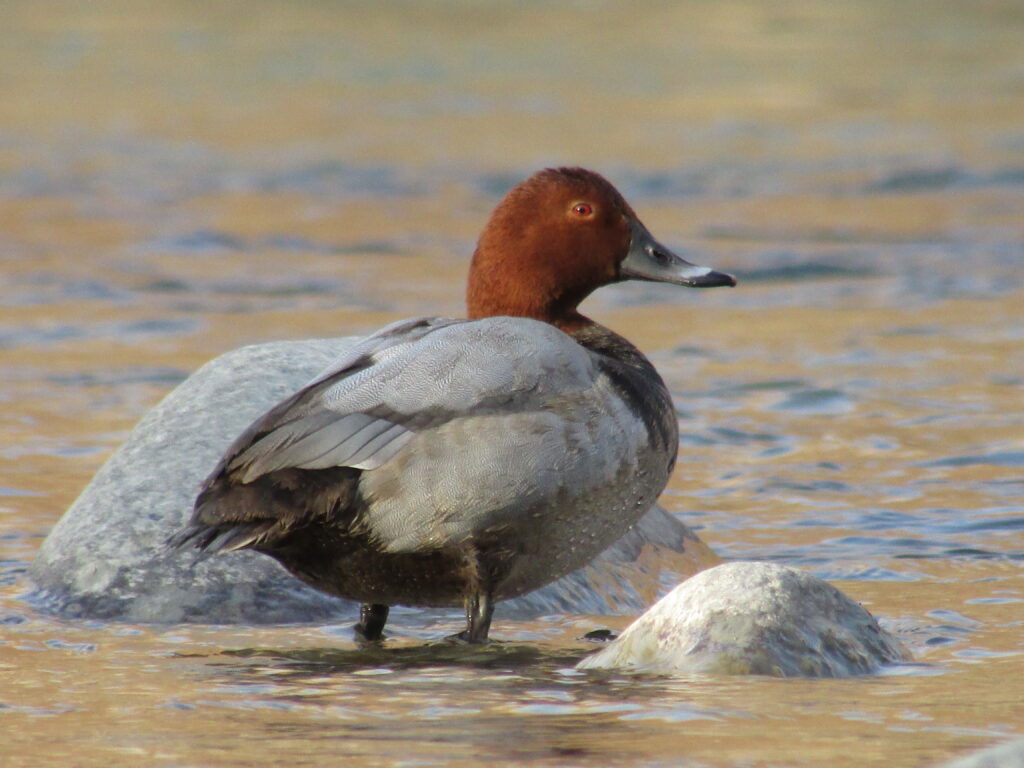
Common pochard is a medium-sized diving duck. Its scientific name Aythya ferinais derived from Greek aithuia. This is an unidentified Seabird mentioned by authors like Hesychius and Aristotle. Pochards breed in much of temperate zone and northern Europe. Male distinctive, with dark rusty head, pale grey body contrasting with black breast, and broad pale bluish band on the bill. Female has grey, brown overall with diffuse pale head marking and often associated with winter flocks of tufted ducks.
White winged Redstart (Phoenicurus erythrogaster)
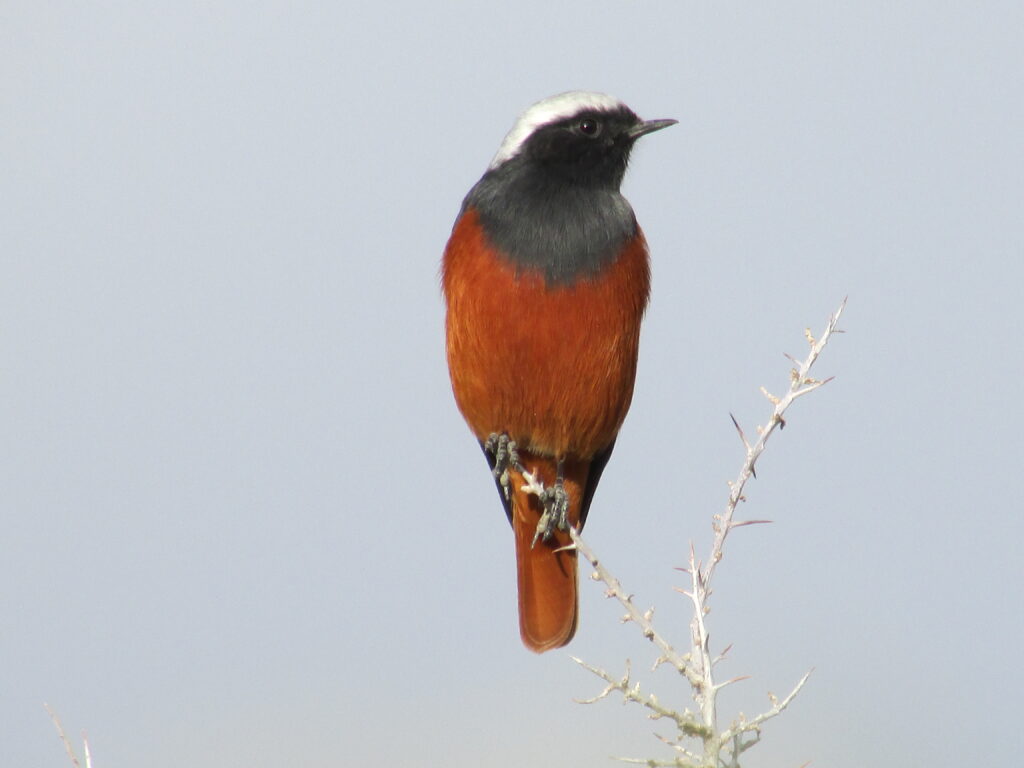
Locally called as Santic in Ladakh. The Species of these birds found in high mountains of Himalaya, India and Iran. The adult male is black above except for a white crown. It breeds at high altitudes from 3,6000-5,200 m in the mountain region and rock fields moving slightly lower to 1,500- 4,800m in winter.
Plumbeous Water Redstart
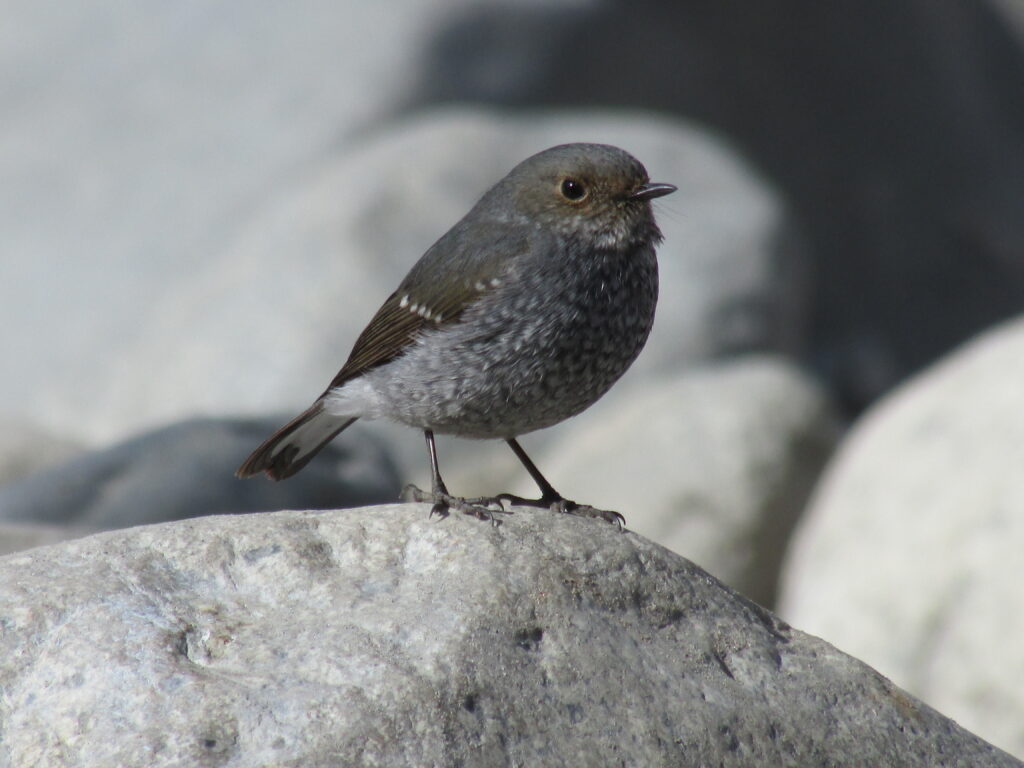
The Plumbeous Water Redstart is scientifically known as Rhyacornis fuliginosa. It is found in South Asia and China. Male is dark blue in colour while the female is grey. They tend to live near fast-moving streams and rivers.
Other birds’ species that are found in Ladakh are Grey Wagtail, Long-tailed Shrike, Mountain chiffchaff, Masked Wagtail, Horned lark, Wallcreeper, Eurasian skylark, Rock bunting, Maked Wagtail, Grey wagtail, Oriental turtle dove, Blue whistling thrush, Hoopoe, Pine bunting, Chukarpartridge, Robin accentor, White-browed tit warbler and Scaly-bellied woodpecker. I have seen all these birds’ species at my hometown Apati.
1 Comments
Leave a Reply
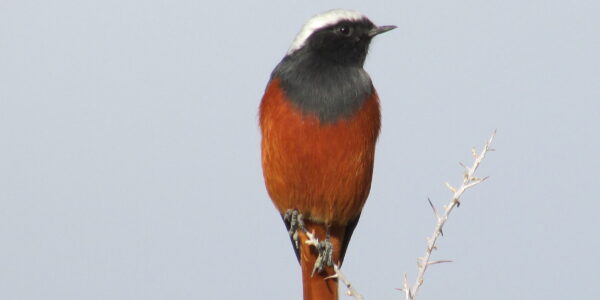
Thank you for sharing such an insightful and well-written blog post. The clarity of your writing and the depth of your analysis made it a pleasure to read. To explore more, click here.